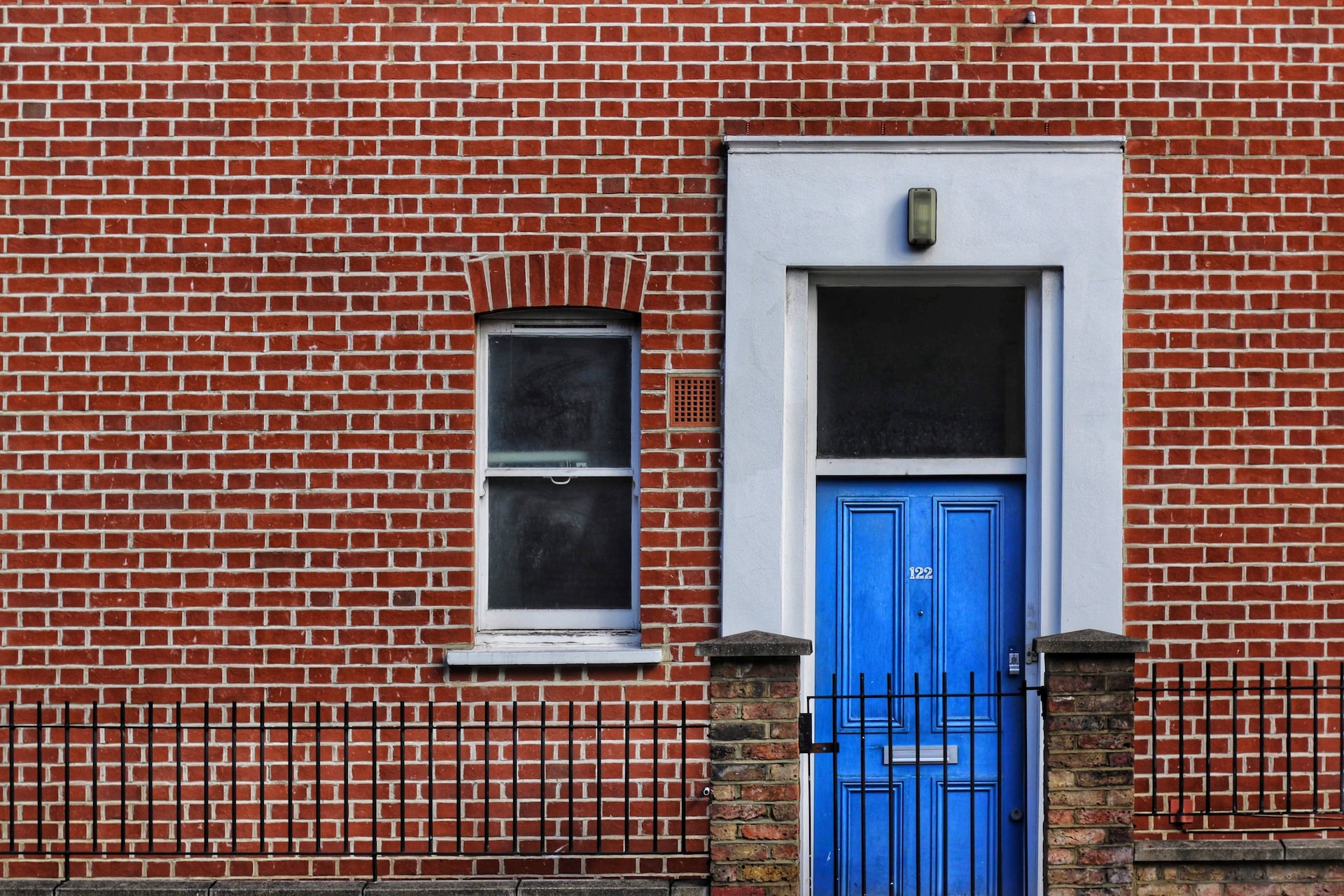Owning a house is a big responsibility. Aside from the basics, such as furniture, kitchenware, decor, plants, and cleaning supplies, it’s important to ensure you have everything you need to help keep the house and property in good repair.
We could likely make a list of 100 things to keep in your house, but let’s focus on the absolute must-haves.
So, here are 10 items every homeowner should have.
Tools and Equipment
Measuring tape
Tape measures are an essential part of any toolbox. They’re useful in several situations, such as measuring a room for new flooring, checking whether there is space for a new piece of furniture, or putting up the decor. As they say, measure twice, and cut once. A tape measure can save you a ton of time and headaches.
Stud Finder / Level
This is an item that often gets forgotten but is an invaluable tool. Whether you’re hanging art, mounting a big screen tv, or doing custom wiring, you’ll want to be sure you know where your studs are, or you risk potentially expensive accidents.
We’ve technically added 2 tools here, but they work together quite nicely, so please don’t judge us for counting wrong.
A level is handy when it comes to any renovations, repairs, or minor build projects and helping with everything mentioned above.
When you are putting up shelves or hanging a picture, a straight line is critical. You don’t want your belongings to slide off a shelf, and no one wants to look at a crooked painting or picture. Levels are also useful for drawing straight lines on surfaces to guide any screws or nails.
Ladders / Stepladder
Even if you happen to be over 2 meters tall, you’ll still need a ladder at some point.
Whether you’re changing light bulbs, trimming the garden hedge, putting up Christmas decorations, or cleaning the eaves, ladders are handy and much safer than using a chair or a tower of stacked items.
Torch
Repairs can be needed in the dark areas of your home, various items can fall behind furniture and washing machines, or there can be a power outage. So, it’s always a good idea to have an external light source.
Extension cords
A durable, well-insulated extension cord allows you to use any of your power tools when there are no nearby plug sockets.
They can help you reach those hard-to-access spaces, such as ceilings, the tops of kitchen cabinets, and crawl spaces or lofts.
They are also useful for garden maintenance tasks like mowing the lawn and trimming hedges.
Emergency Items
First-aid Kit
Every home should have a first aid kit. You will always have emergencies no matter how careful you are, and it’s always best to be prepared. Keep a well-equipped first aid kit in your home and include medications like aspirin and paracetamol.
Fill up your first aid kit with bandages, alcohol, betadine, and other things needed to treat scrapes and wounds immediately.
You may also want to keep a list of emergency contacts in your first aid kit.
Smoke alarm / Carbon monoxide alarm
Carbon monoxide (CO) is a toxic gas that you can neither see nor smell, which is where it gets its grim nickname, “The Invisible Killer.” The NHS notes that around 60 deaths are caused by CO poisoning every year. Install a carbon monoxide detector on every level of your home to keep yourself and your family safe from such a harmful gas.
Fire extinguisher
The last thing you probably want to think about is a house fire, but they occur more often than you think.
Statistics from the Home Office showed a 9% increase in the number of fatalities associated with dwelling fires in 2019, despite the number of fires attended by fire and rescue services going down by 10%.
A fire is one of those things that you really can’t prepare enough for, so having a fire extinguisher handy in the kitchen, garage, and upstairs might be the thing that saves you and your family.
Spare light bulbs
Light bulb technology has come a long way in the past few years, and prices on CFL (compact fluorescent light) bulbs and light-emitting diode (LED) bulbs have dramatically decreased. They also last incredibly longer (approximately 50,000 hours, or 5 years) than the old incandescent bulbs we’re all used to, which only last about 1 year – making them actually cheaper than incandescents, even though affordability is the main selling point of the older bulbs.
So, you might want to consider stocking up on newer, high-quality bulbs and leaving the old heat-emitting bulbs in the trash bin.
You won’t have to replace bulbs nearly as often, but it’s still a good idea to have plenty of spares on hand.
Batteries
You never know when a power outage might hit, so it’s a good idea to have some batteries in the house in case of emergencies.
They’re also handy to have around for several different devices and tools you may have, so keep a good stock of the batteries you need for those. The lifespan of unused household batteries in their original packaging ranges from 5 to 20 years in storage.
Store batteries in a dry environment at room temperature or slightly cooler. Avoid storing batteries in extreme temperatures.
Storing batteries in cooler temperatures could extend some batteries’ life, but this isn’t necessary for most household batteries.
Be Prepared!
The ultimate goal here is to be prepared. Aside from the tools mentioned, it would help if you also had a toolkit of essentials, such as a hammer, pliers, and screwdrivers. There are always little odd jobs that need to be taken care of in the home, whether it is fixing a wobbly chair leg, tightening a leaking pipe, or hanging some pictures. The more prepared you are, the easier these small jobs will be.
Learn more about property management packages by contacting us so that we may organise initial FREE expert advice for you!



